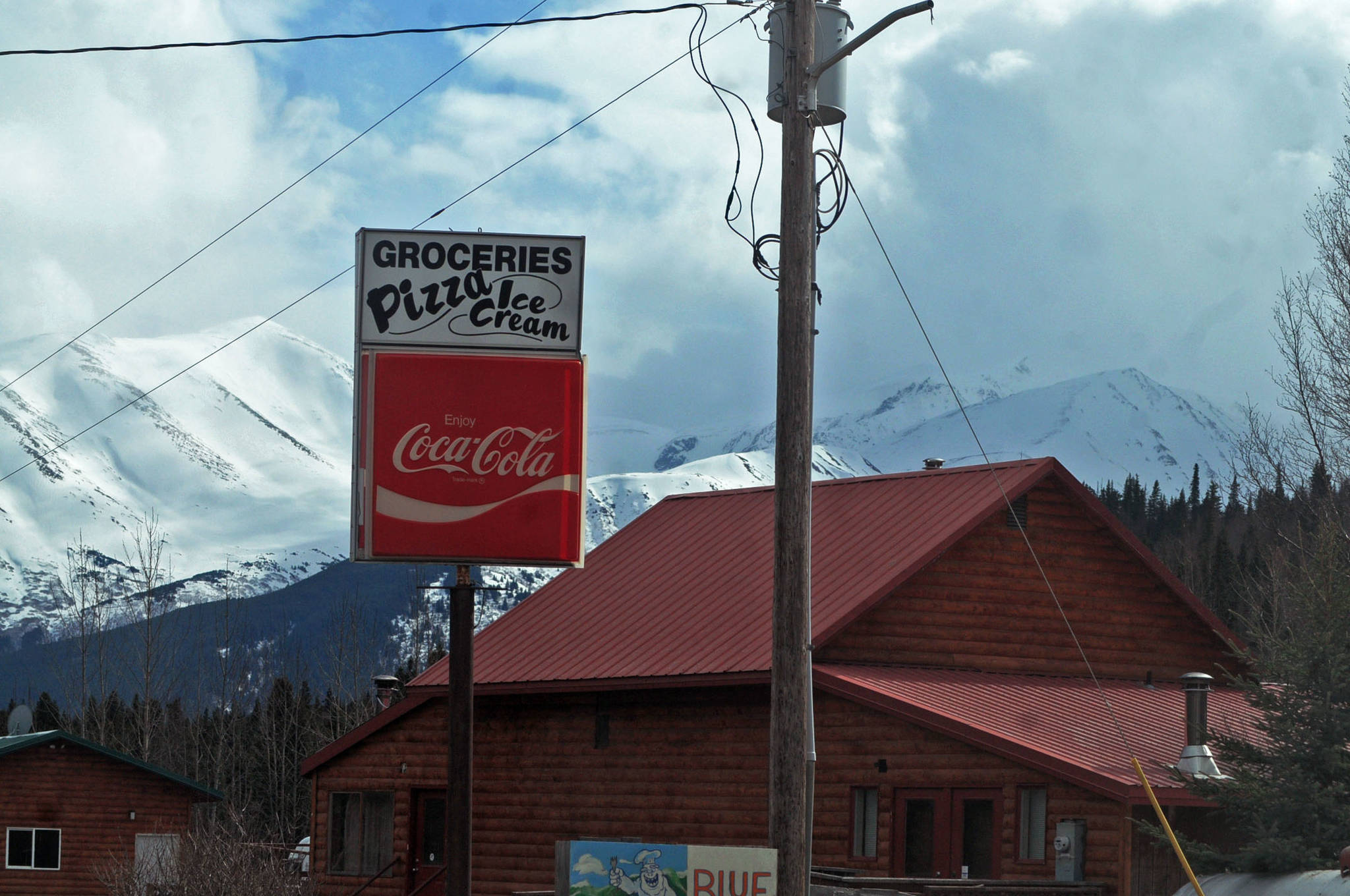The Kenai Peninsula Borough Assembly has asked the state to consider dropping the speed limit on the Sterling Highway near Cooper Landing, but it’s not likely to change any time soon.
The assembly passed a resolution at its May 15 meeting to request that the Alaska Department of Transportation reduce the speed limit on the highway between Mileposts 50.8 and 53.2, roughly between the Cooper Creek Campground and the Resurrection Pass Trailhead pullout. The current speed limit is 55 miles per hour at the western end and 35 miles per hour at the eastern end, along the way dotted with businesses and pullouts. In the summer, fishermen, hikers and tourists walk along the winding, busy road. In the winter, cars frequently slide into the guardrails.
Assembly Member Kenn Carpenter proposed the borough resolution after several members of the community approached him about it.
“Due to the number of businesses, cabin rentals and parks in that area, a lot of pedestrians walk along the highway and drivers enter and exit it, especially during the summer months,” he wrote in his memo to the assembly. “During the winter months, vehicles of all sizes including trucks have a hard time slowing down to the slower speed limits at each end of this stretch and frequently end up in ditches or on the guardrails.”
The assembly passed the resolution unanimously, recommending the state reduce the speed limit along the entire section to 35 miles per hour. The resolution states that the request would be sent to Transportation Commissioner Marc Luiken.
Changing the speed limit isn’t as simple as taking a vote, though. DOT spokeswoman Shannon McCarthy said in an email that the department changes speed limits after conducting an engineering and traffic study, also known as a speed study. That includes the road’s physical characteristics, the potential for conflict among users, nearby development and crash history, among other factors.
Speed limits are designed around bringing all vehicles to travel at about the same speed, which depends on road conditions and other characteristics. Unsuitable speed limits can actually increase the conflict between drivers traveling different speeds, according to a DOT fact sheet.
“Reducing speed-based conflict requires more than changing the speed limit,” the sheet explains. “A combined effort in education, enforcement and road changes is needed.”
Meanwhile, DOT is also finally moving forward with the long-awaited bypass road around Cooper Landing, officially called the Sterling Highway Mile 45–60 project. The project, which started about 40 years ago, has its final environmental impact statement and is now waiting for a federal record of decision, expected later this year.
If the record of decision is granted this year, the earliest construction could begin is 2020. Construction is expected to take several years and cost an estimated $300 million or more.
The delay is frustrating for the residents of Cooper Landing, who have been saying for years that the road is unsafe for the tourists and residents. Cooper Landing Advisory Planning Commission Chairperson Janette Cadieux said members of the commission — an official borough entity that provides guidance to the borough’s general planning commission — collectively see that part of the highway as unsafe and should be addressed, regardless whether the bypass is built.
“When the (advisory planing commission) submitted our comments to DOT regarding the EIS for the bypass, we said we feel that the safety of the existing roadway is inadequate, that even if the bypass is built there’s going to be significant traffic on the existing roadway and it needs to be addressed as a totality,” she said.
The state’s approach seems to be to build the bypass and then ignore the problems with the old highway, she said. The community of Cooper Landing has long been trying to improve its pedestrian and cyclist infrastructure for safety. The Walkable Cooper Landing group, for which Cadieux is secretary, has applied for grants for improvements such as a paved bicycle path alongside Snug Harbor Road . The group wants to see further development of separated bike paths and safer walkways for everyone to move through the community, without risking being hit by passing cars.
“There’s the walking-biking path in the DOT right-of-way corridor, and if you think about all of the people that are fishing and walking and biking back and forth to Gwin’s (Lodge), and people coming off the Resurrection Pass Trail … people come from all over the world (to hike that trail), and the lodge owners are saying that they have to go and pick them up because it’s not safe for them to bike or walk into town,” she said.
“Why do we have to wait (until the bypass is built)? That’s been our argument on the walkable community project,” Cadieux said. “Whether or not a bypass is built, we are a community that’s trying to move, and we’re trying to support all kinds of visitors … and then we don’t have the infrastructure to keep them safe.”
Reach Elizabeth Earl at eearl@peninsulaclarion.com.

